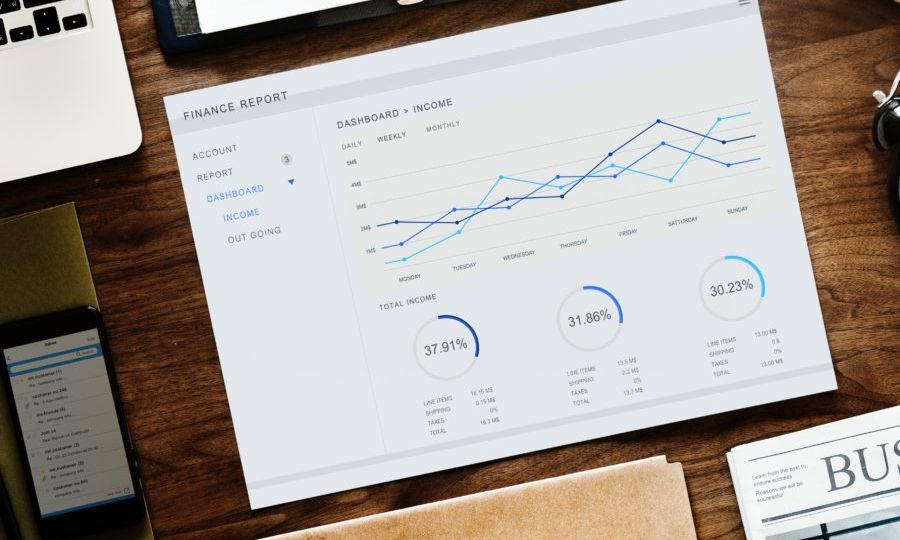
A challenge that faces many individuals planning for retirement, is maintaining the discipline to rebalance their accounts on a regular basis.
Rebalancing is the process of returning a portfolio to a designated allocation by selling over-weighted holdings and buying under-weighted holdings. For example, if someone’s investment strategy is initially split between 50% equity and 50% fixed income (50/50), and stocks outperform bonds shifting their stock to fixed income split to 70/30, they would then rebalance by selling stocks and buying bonds to return to a 50/50 allocation. Individuals who use target-date funds or target-risk funds as their only investments have their rebalancing done for them automatically by the fund manager. However, people who have built their own portfolio should be vigilant and disciplined to a rebalancing schedule.
Neglecting to rebalance your account can open yourself up to unanticipated risks. In the example above, an allocation of 50/50 stocks and bonds became 70/30 due to market action. It is important to remember that the person who chose this allocation is only intending for half of their portfolio to be open to the risk of the stock market. Because of the rise in stocks, their investments are no longer in line with their risk profile. If the stock market had a downturn, that person would be adversely affected to a greater extent than they intended.
Portfolios can be rebalanced in two ways. The first is on a fixed calendar schedule, selecting a timeframe, either quarterly, semiannually, or annually, to go in to the account and rebalance. The second is based on an allowable degree of drift from an allocation. Investors would set limits for how far off their target allocation their portfolio can stray before rebalancing. For example, if your allocation strays more than 10% from its base, you rebalance.
The hardest part about rebalancing is remembering to do it. Mark a date in your calendar to rebalance and make sure you stick to it, or if your platform offers it, enroll in an auto rebalance program. Either way, ensure that your portfolio is periodically rebalanced.

